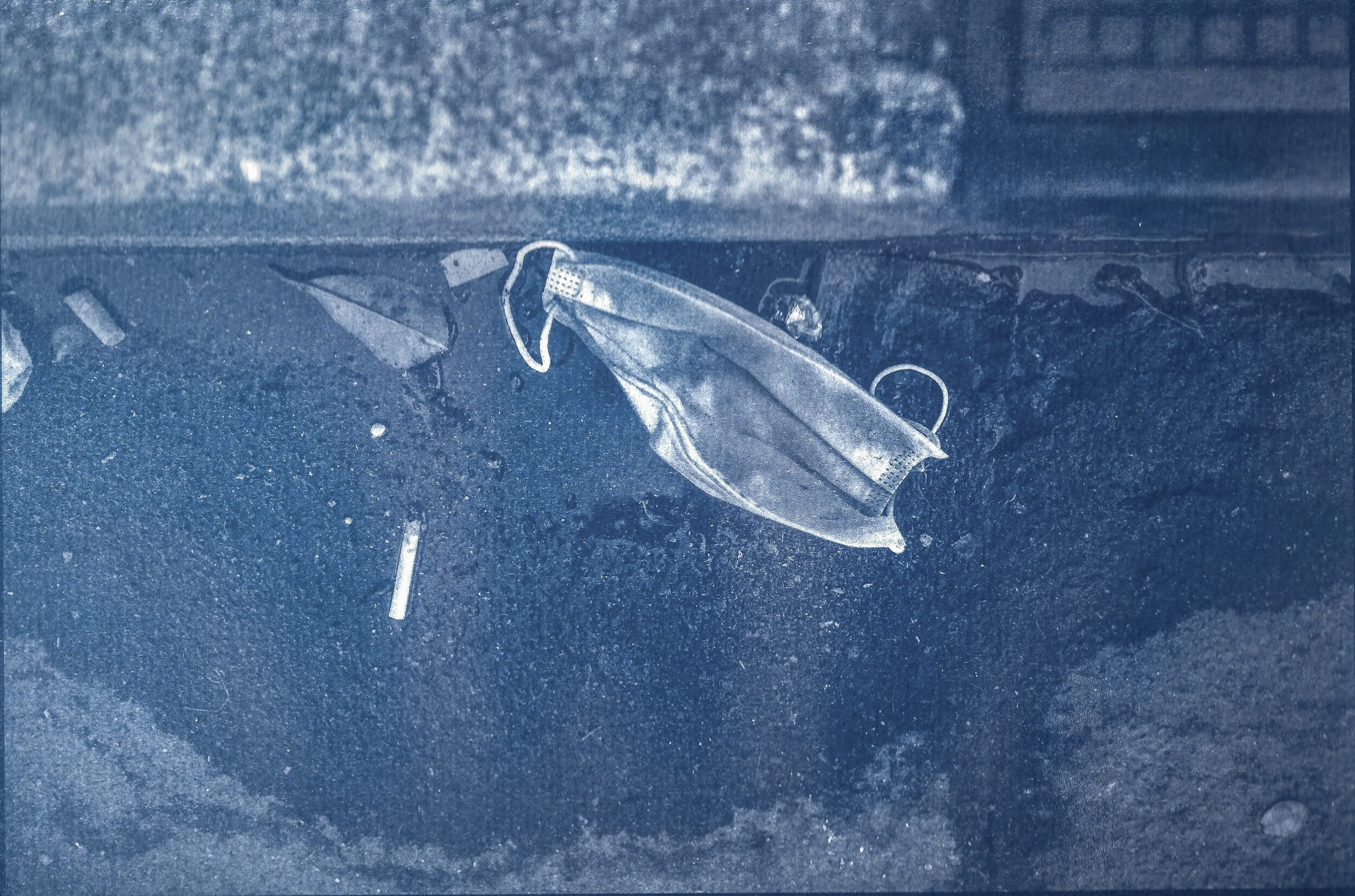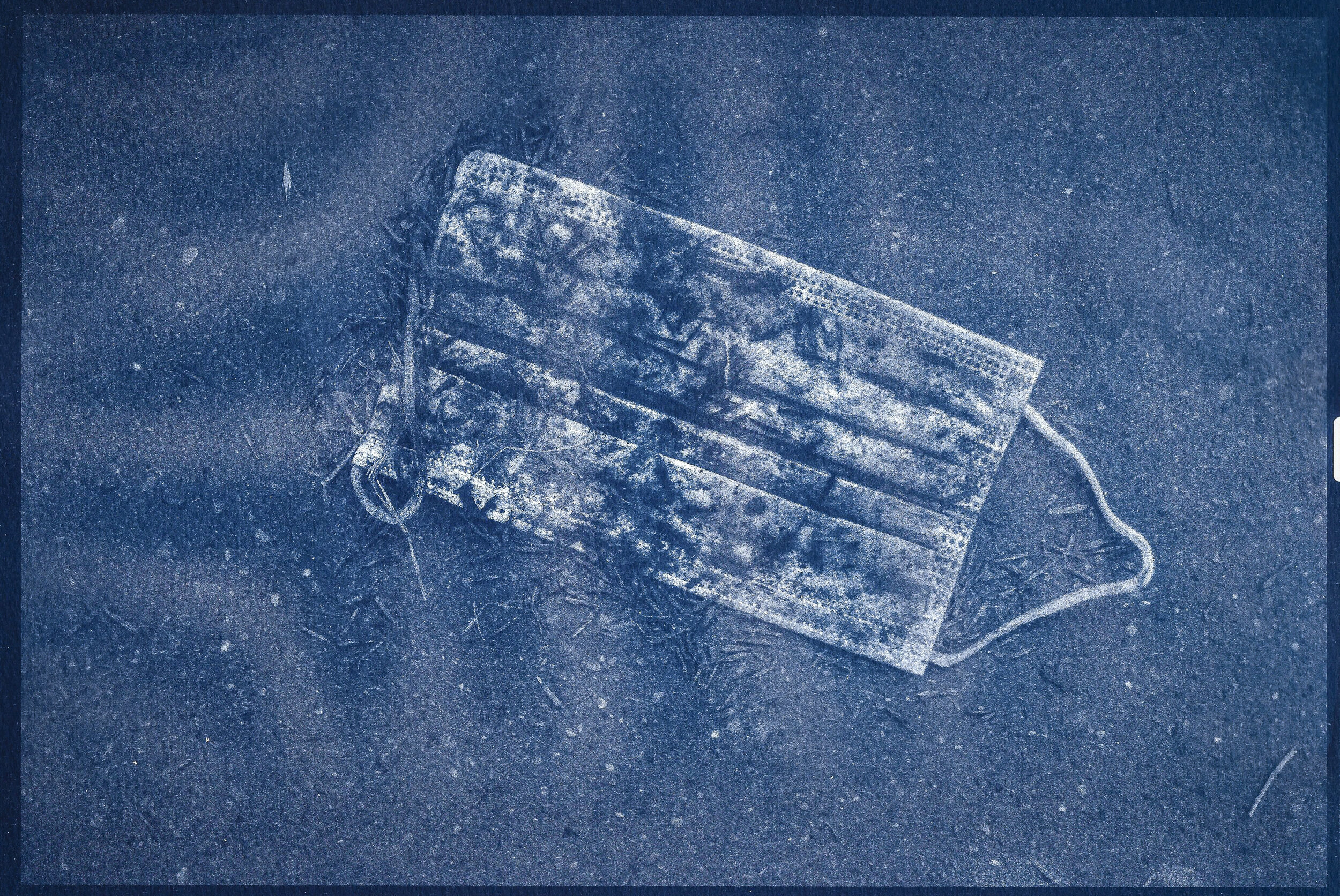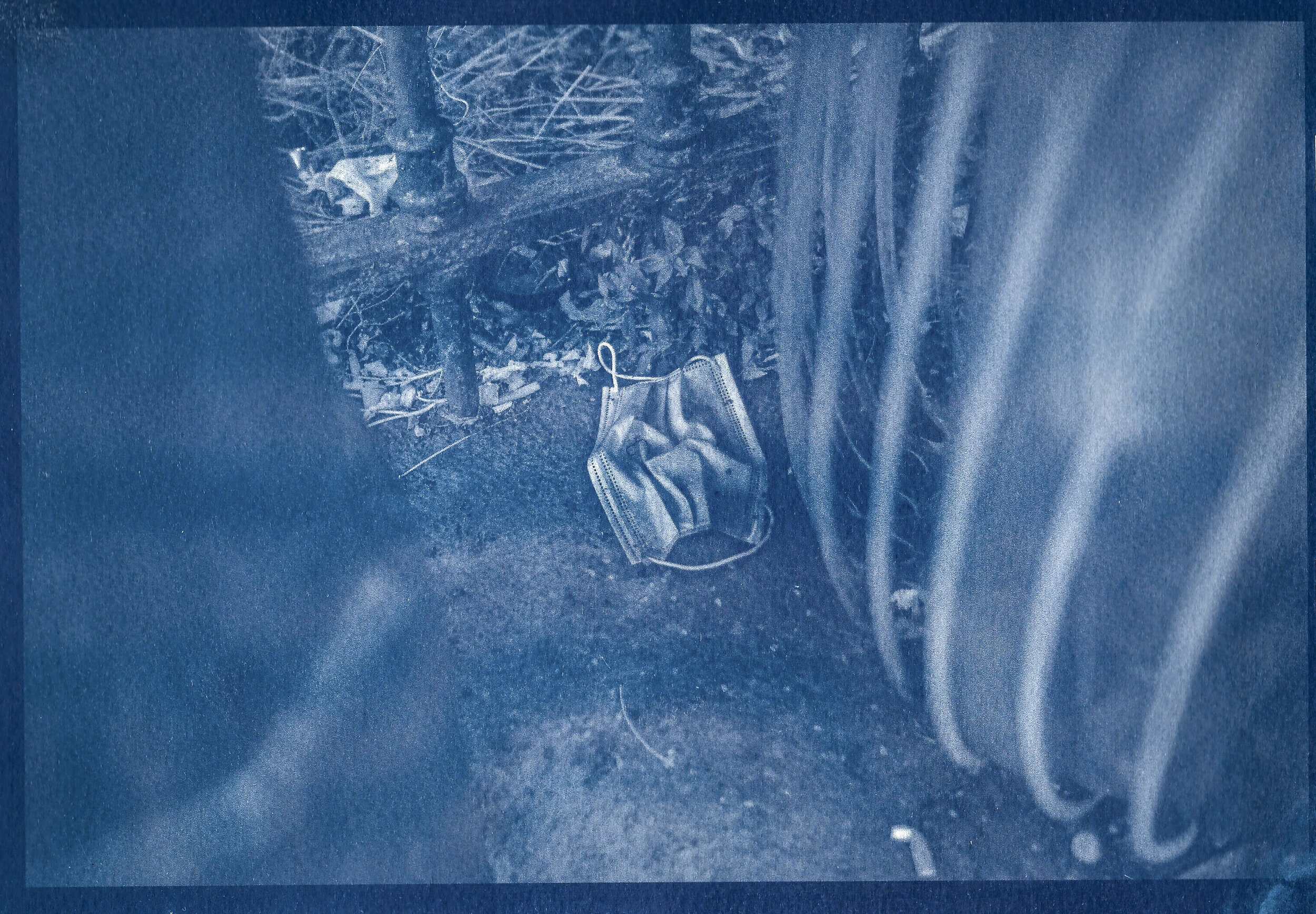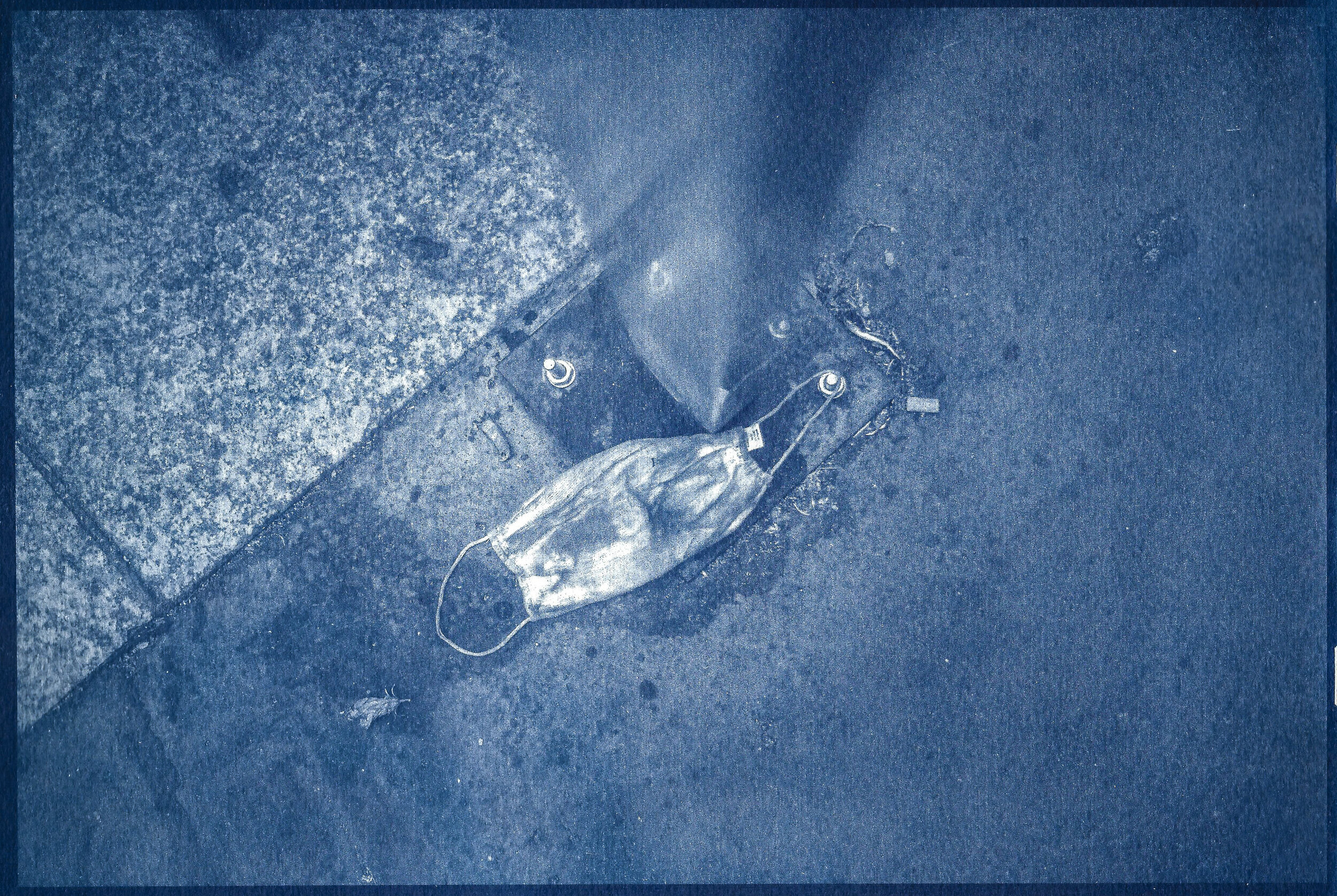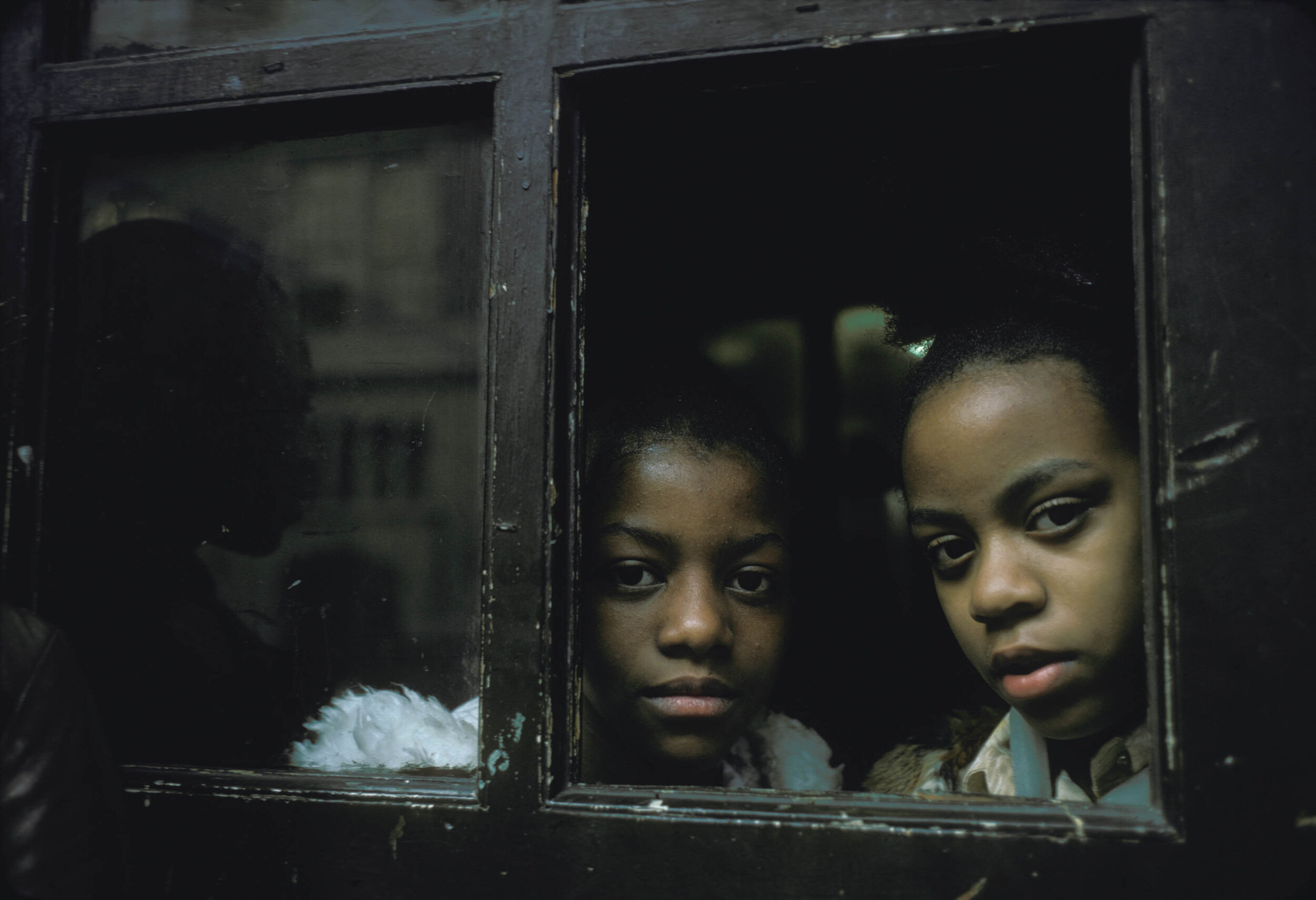Cyanotype Prints
by Hugo Passarello Luna from Paris, France
From being scarce, now masks are everywhere in Paris. While walking, I find hundreds of disposable masks littered around the streets, the parks and the water canals of the city. Made with polypropylene, they can take 450 years to decompose in nature. If thrown on the streets they can find their way to the seas and bodies of water through the sewage system, polluting the environment and endangering wildlife.
The masks, made to protect us, seemed to be on its way to suffocate us.
As I saw them lying on parks, hidden by plants or barely covered by leaves, it reminded me of Anna Atkins 1843´s photobook, the first ever in history, Photographs of British Algae: Cyanotype Impressions a catalogue of botanical images, made with cyanotype and for scientific purposes, which compiles the types of algae in Great Britain.
Only that, as I walked through the city, the algae were replaced by single-use protective masks. I felt Paris, both its urban space and its beautiful park botany, was rapidly changing, polluted, an indirect victim of COVID-19.
To bring attention to this new pollution and as a nod to Atkins book, I chose to do cyanotypes of these masks and other coronavirus items littering our space. I had no experience with cyanotypes and the confinement period seemed a great opportunity to explore it.
I felt this photographic process from the early 1800s could highlight both the pollution and the feeling of travelling through time I had when the pandemic started. I remembered when I was a child and a cholera epidemic hit Argentina, my home country, and we all had to take precautions. But this was the first time I, and most of the world´s population, had to be confined. I had grew used to a constructed felling of security, sheltered in a city, safeguarded by science, as if humans were masters of nature. What I had only seen and read in history books was my new reality, reconnecting me to a sense of vulnerability. The past no longer seemed so far away.
Cyanotype, a relative simple process done with a mix of chemicals, ferric ammonium citrate and potassium ferricyanide, that react to UV light and creates a cyan-blue print, was a time travel in itself. This handicraft photographic process confined me to my bathroom, an improvised darkroom, where I would prepare the solution and sensitize papers. I would then create negatives from the photos I took with my camera or phone, print them on transparency film on my inkjet printer and expose the sensitize paper and negative to sunlight. Then a simple wash with tap water would reveal the cyan print of masks.
The series Photographs of Covid-19 Urban Litter: Cyanotype Prints evokes the journey through time that unearths our vulnerability facing the coronavirus pandemic together with a "botany" of masks littering Paris that both protects and asphyxiates us.








